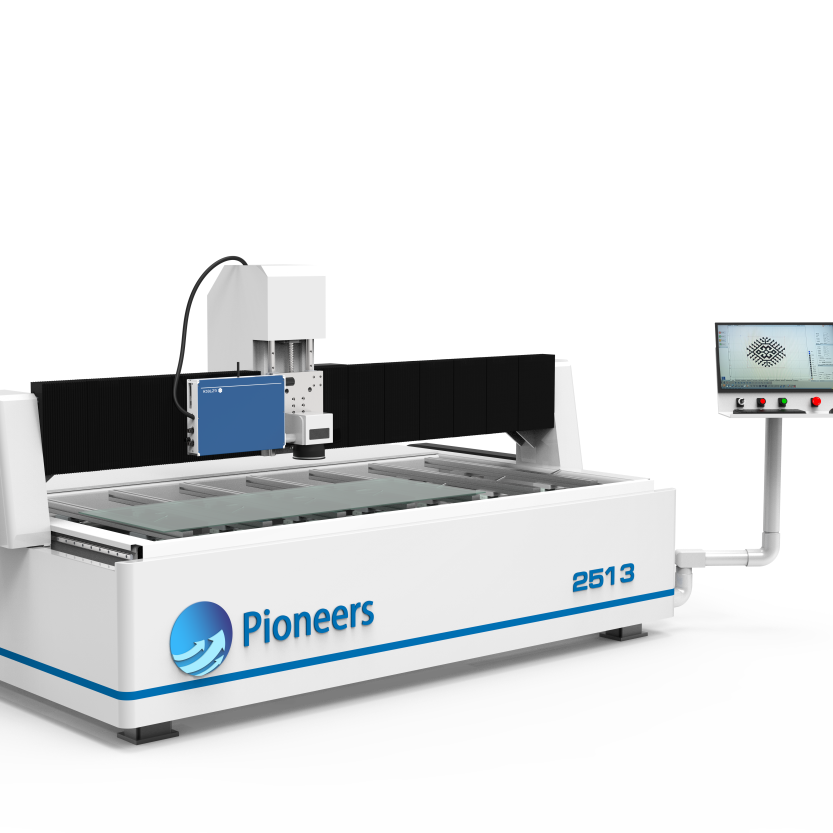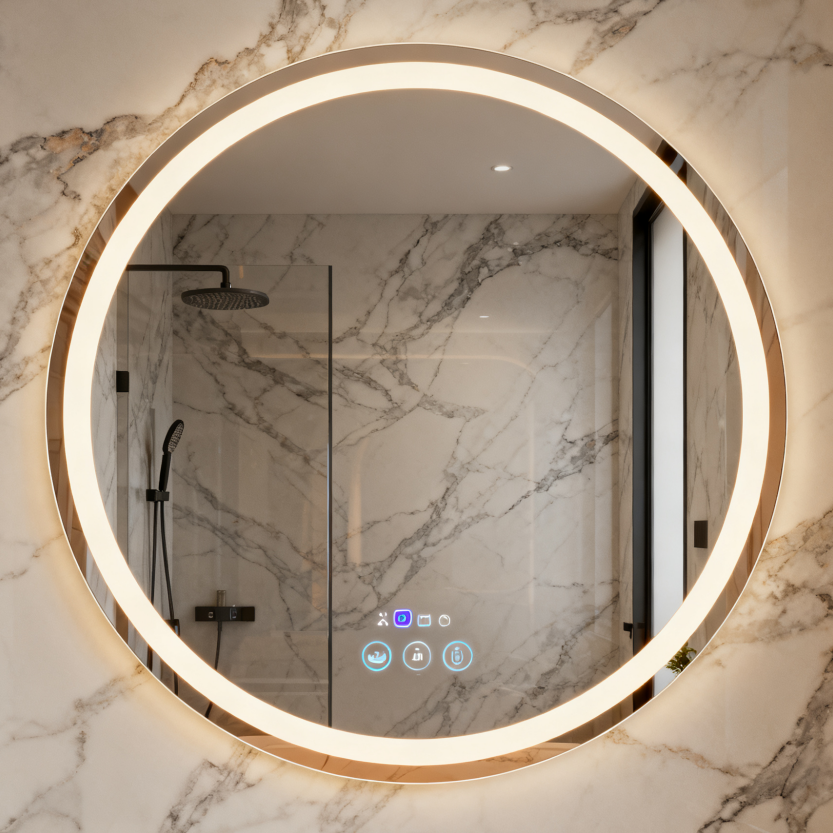In the morning, while washing your face, the mirror not only reflects your appearance but also displays data such as weight and body fat percentage. Before bed, during skincare, voice commands can retrieve the day’s health report and provide personalized health advice. Now, smart mirrors integrating health management functions are entering ordinary households, turning bathrooms and bedrooms into “personal health stations,” making professional health monitoring and management readily available.
Traditional health management often faces pain points such as “cumbersome monitoring, fragmented data, and vague guidance.” Regular hospital checkups are time-consuming and laborious. While home devices like body fat scales and blood pressure monitors are convenient, the data is scattered across different apps, making it difficult to create a complete health profile. Online health information is often inconsistent and difficult to match with individual circumstances. The emergence of smart mirrors perfectly bridges the “last mile” of health management, achieving a closed-loop service of “data collection—analysis and interpretation—solution output.”
The core advantage of smart mirrors lies in “unobtrusive monitoring + intelligent integration.” Their built-in biosensor technology automatically collects multiple health data points during daily use. Standing in front of the mirror, after facial recognition confirms identity, body composition data such as weight, body fat, muscle mass, and water percentage are displayed in real time. Some high-end models also feature heart rate monitoring and skin condition analysis; simply staring at the mirror for a few seconds reveals heart rate changes, as well as skin hydration and elasticity. This data is automatically synchronized to a cloud database, eliminating the need for manual recording and completely solving the “data gap” problem of traditional devices.

Even more intelligently, the smart mirror doesn’t simply list data; instead, it uses algorithmic models to transform data into easy-to-understand health interpretations. For common issues among office workers such as “high body fat and insufficient muscle mass,” it combines daily step count and sleep data to recommend a personalized plan such as “reducing carbohydrate intake at dinner + 10 minutes of stretching before bed.” If it detects fluctuations in blood pressure in the elderly, it will promptly issue a reminder and simultaneously push a blood pressure-stabilizing diet suitable for seniors. For users with fitness needs, the smart mirror can also act as a “personal trainer,” with built-in yoga and Pilates courses projected directly onto the mirror, allowing users to correct their movements in front of the mirror and avoid sports injuries.
Smart mirrors’ scene-adaptability seamlessly integrates health management into daily life. In the bathroom, it can suggest “use moisturizing shower gel and follow up with body lotion today” based on ambient temperature, humidity, and the user’s skin condition. In the bedroom, activating the “sleep aid mode” before bedtime plays soothing music and reminds users that “the best time to fall asleep is before 11 PM” based on sleep cycle data. For families with children, a children’s mode guides children through interactive activities like height and vision tests, generating growth charts so parents can monitor their children’s development. This subtle and pervasive approach to health management is far more effective than rigid health lectures.
The balance between security and convenience is key to gaining trust in smart mirrors. Major brands employ bank-grade data encryption technology to ensure the confidentiality of user health information. Operation supports both voice and touch controls, making it easy for the elderly and children to use. Some products can also connect with family doctor apps, allowing for one-click consultations when abnormal data is detected, providing timely medical support for patients with chronic diseases.

From “passive medical treatment” to “proactive health,” smart mirrors are reshaping the model of family health management. They are no longer cold, technological products, but rather health partners integrated into daily life, turning every wash and grooming session into an opportunity for health care. With continuous technological iteration, future smart mirrors will also achieve more comprehensive functions such as blood glucose monitoring and mood analysis, building a solid “protective wall” for family health. In this era of pursuing a quality life, the combination of smart mirrors and health management is making the vision of “easily enjoying health at home” a reality.



